
Writing With a Broken Tusk
Writing With a Broken Tusk began in 2006 as a blog about overlapping geographies, personal and real-world, and writing books for children. The blog name refers to the mythical pact made between the poet Vyaasa and the Hindu elephant headed god Ganesha who was his scribe during the composition of the Mahabharata. It also refers to my second published book, edited by the generous and brilliant Diantha Thorpe of Linnet Books/The Shoe String Press, published in 1996, acquired and republished by August House and still miraculously in print.
Since March, writer and former student Jen Breach has helped me manage guest posts and Process Talk pieces on this blog. They have lined up and conducted author/illustrator interviews and invited and coordinated guest posts. That support has helped me get through weeks when I’ve been in edit-copyedit-proofing mode, and it’s also introduced me to writers and books I might not have found otherwise. Our overlapping interests have led to posts for which I might not have had the time or attention-span. It’s the beauty of shared circles—Venn diagrams, anyone?

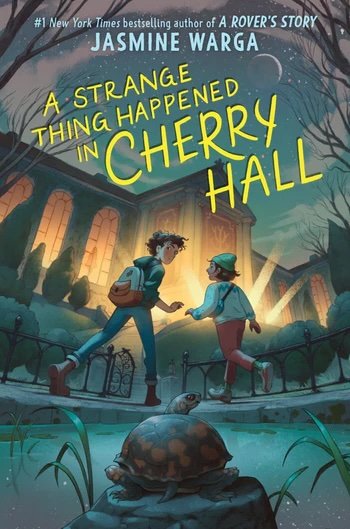
Process Talk: Jasmine Warga on A Strange Thing Happened in Cherry Hall
At the ABA Children’s Institute in New Orleans this summer, I ran intoJasmine Warga and picked up an ARC of her middle grade novel, A Strange Thing Happened in Cherry Hall. It’s a delightful middle grade that spins outward from the main character’s diffidence and self-deprecating humor to a theft at the museum where his mother works as a cleaner. The starred review in Kirkus calls it a “slowly unfurling delight.”
Here’s my email conversation with Jasmine about the book:

Process Talk: Tina Athaide on Wings to Soar
I love it when histories usually considered obscure find expression in fiction for young readers. I’m doubly delighted to see verse added to the mix in Wings to Soar, from my colleague, friend, and former student, Tina Athaide.
Young Viva’s family is from Goa, embodying the syncretic cultural, linguistic, and religious traditions of that previously Portuguese colony in western India. They’ve made their home in Uganda but in 1972, they are expelled from there by dictator Idi Amin, and sent to a resettlement camp in England. Not all of them make the trip. Viva’s father was supposed to meet them in London, but he never shows up.
Here’s my conversation with Tina Athaide.

Intersecting Lives in a Larger Cause in Evan Griffith’s Wild at Heart
You know I’m mildly obsessed with storylines in which two lives intersect: Mahatma Gandhi and Dr. Martin Luther King, Jr., Tenzing Norgay and Sir Edmund Hillary. There’s something deeply human about such stories of people finding their way in the world, sometimes against great odds, driven by powerful passions or convictions.
Evan Griffith’s tenderly written dual biography, Wild at Heart: The Story of Olaus and Mardy Murie, Defenders of Nature begins in his subjects’ respective childhoods:

Guest Post: Is Writing a Picture Book Really That Hard? by Veera Hiranandani
Veera Hiranandani writes heartbreaking, devastating, tear-spilling, and, yes, hopeful historical and contemporary novels for young readers about nuanced characters whose identities and experiences figuratively, literally, and literarily cross borders. She’s really really good at it. Her middle grade novel, The Night Diary, won a Newbery Honor. Her most recent releases are Amil and the After, the historical middle grade sequel which continues The Night Diary’s story in post-partition India; and The Greatest, a tender picture book about intergenerational family love, illustrated by Vesper Stamper (released on September 3).
For novelists, the process of writing a picture book can present its own challenges. Here are Veera’s reflections on tackling the “concentrated feel” of a picture book.

Guest Post: Ritu Hemnani on Lion of the Sky
“An exquisite, memorable story about new beginnings and the quest to belong.” That’s how Kirkus Reviews described Ritu Hemnani’s Lion of the Sky. It is a novel about friendship, set against the tormented backdrop of the 1947 Partition of India. Hemnani uses unrhymed verse, with all its lightness and white space, to tell a story with a weighty context and a deeply wrenching storyline. She pulls the challenge off with grace and sensitivity. From the beginning, and through the tumult that is to come, the story anchors us close to the child character, 12-year-old Raj, free as the wind, his most earnest hopes pinned on winning the Kite Festival. Read the opening of this poem, “Daring,” to see what I mean:
I fly/ through the fields of Sindh,/ of wildflowers and birdsong,/ my suthan pants flapping/ cool wind against my cheeks.

Process Talk: India’s History Through the Lens of After Midnight by Meghaa Gupta
We are all aftermath to the people who went before us, whether we knew them or not, whether they could even imagine us, whatever they might think of us and what we have become. We create for ourselves the story of who they were, and with our lives we write the next chapter. And because we’re in the middle of present-day events, we can’t see how they will build into history.
That is why, in the context of August 15, 2024, India’s 77th Independence Day, we take a longer view of India’s history through the lens of Meghaa Gupta’s nonfiction book, After Midnight: A History of Independent India (Puffin India, 2022) in which she seeks to “contextualize the challenges of the present with the past and make greater sense of the times we live in.”
I asked Meghaa how a book about the past can shed light on the present.

Process Talk with Jen: Saadia Faruqi on Ali the Great
[Posted by Jen Breach for Writing With a Broken Tusk]
Like many, many others, I adore Saadia Faruqi’s Yasmin, the Muslim Pakistani-American 2nd grade main character of twenty-four early readers (and counting), illustrated by Hatem Aly with huge, bright eyes. Last year, Saadia launched a “Yasmin” companion series, “Ali the Great,” illustrated by Debby Rahmalia, and four new books have just been released.
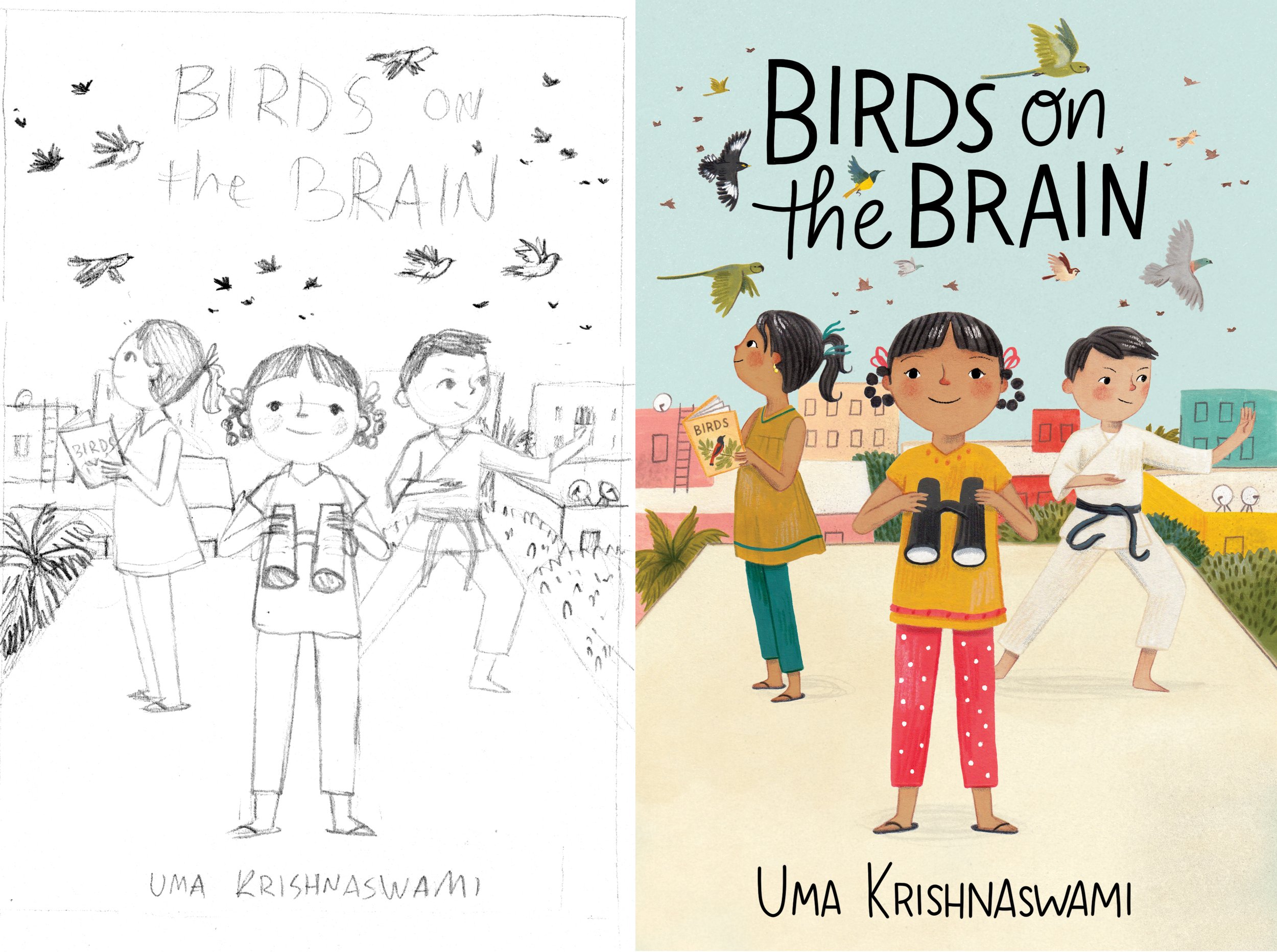
Guest Post: Julianna Swaney on Illustrating Birds on the Brain
Birds on the Brain—Book II in what has now become the Book Uncle trilogy!—is out today from Groundwood Books!
When we first asked Julianna Swaney to tell us about the cheerful, lively art she’s created for the book, we hadn’t quite understood the extent to which her love of birds informed her work on this story. What a lovely surprise! Here’s what Julianna wrote:
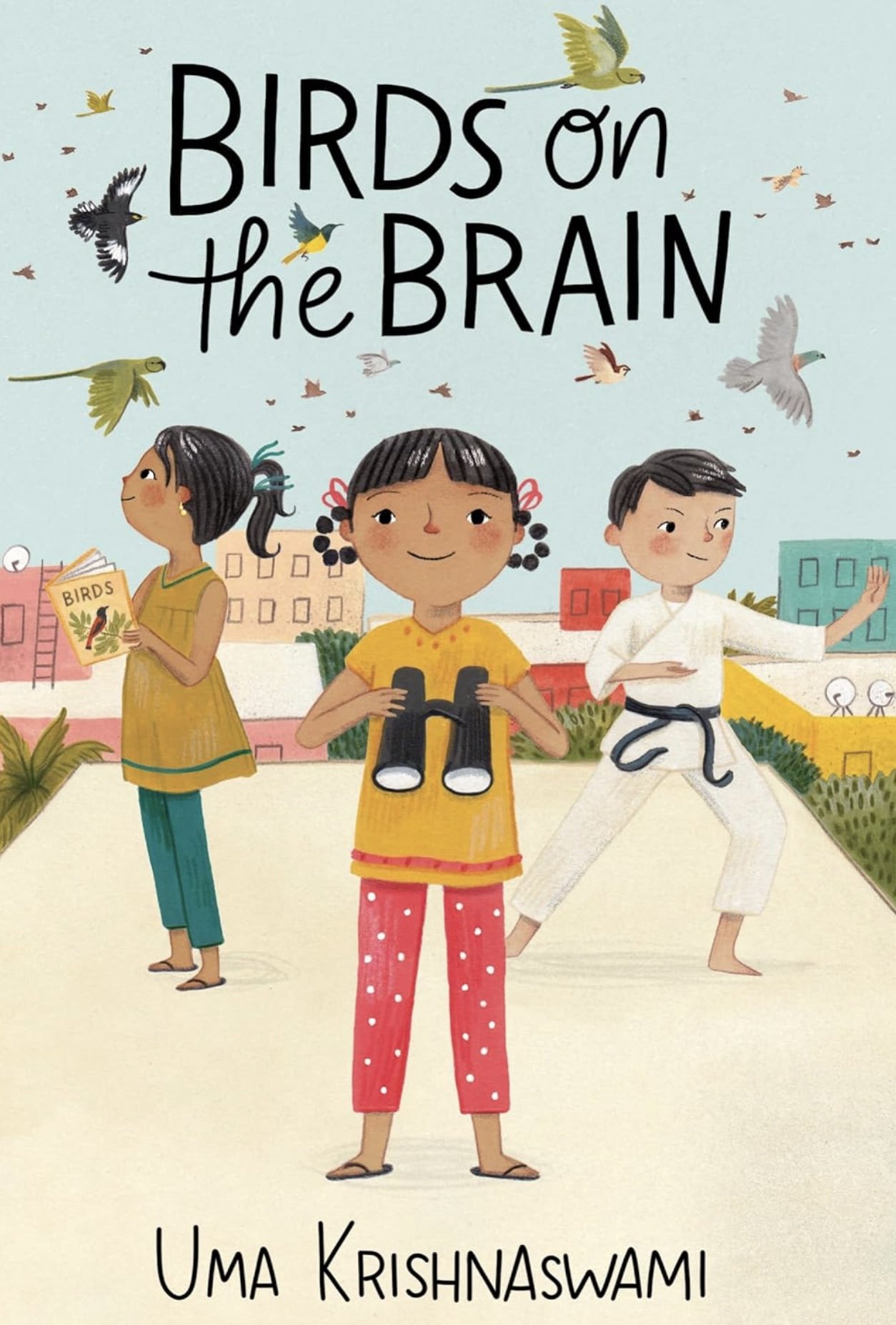
Process Talk with Jen: Uma Krishnaswami on Birds on the Brain
[Posted by Jen Breach for Writing With a Broken Tusk]
Uma Krishnaswami published a star-reviewed chapter book, Book Uncle and Me in 2016. Now, in 2024, she has published the second book in the “Book Uncle” trilogy, Birds on the Brain. In it, we return to the characters and neighborhood we love and follow avid kid bird-watcher Reeni as she notices her place in the world–from friendships, to community, to local politics, to a global bird counting event–and creates change for social justice.

Italics, Audience, and Purpose in the North American and Indian proofs of Birds on the Brain
As an immigrant, first in the US and then in Canada, I have long found myself rebelling against the convention of italicizing the first occurrence of a foreign word in published text. Wasn’t English largely shaped by words imported from other languages? What does “foreign” mean, anyway? Is there a date-stamp on foreignness? Unfamiliar to whom? Italics seemed to be shouting out to the reader. They seemed to be saying things like this:
Hey! Look! This word’s not English!
What language is it anyway?
Check the back of the book. Is there a glossary?
How do you pronounce this?
In other words, stop reading. I decided to dispense with italics as markers of foreignness. I found that others who reflected on this matter agreed.
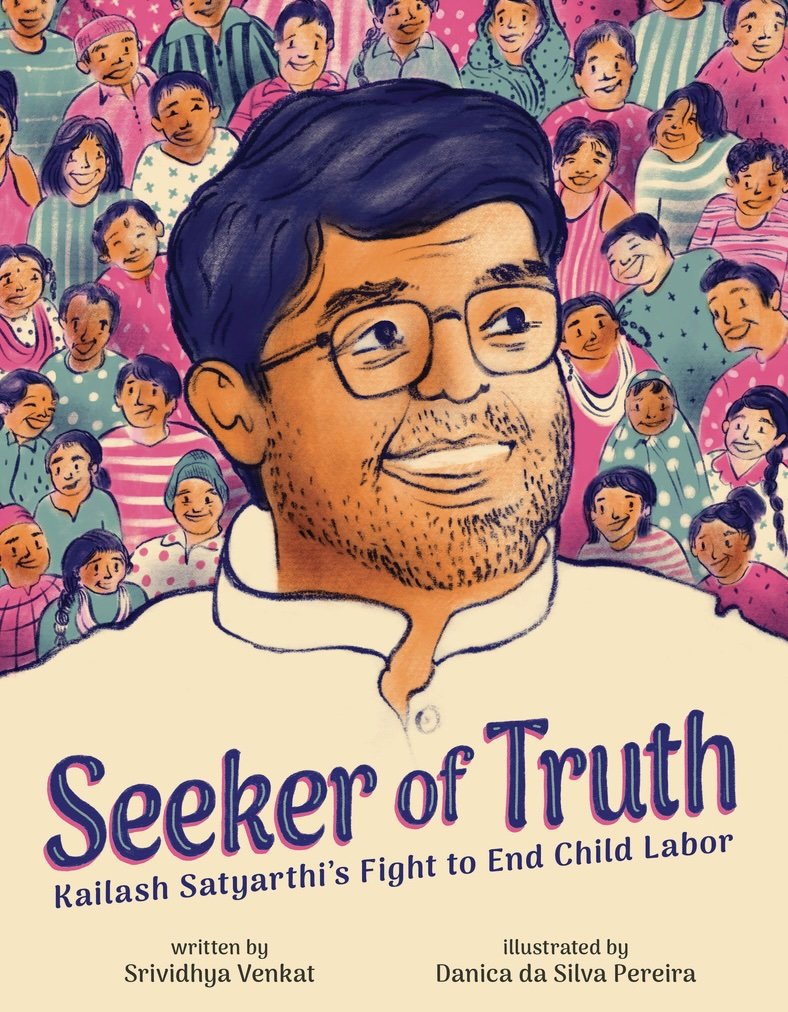
Guest Post: Srividhya Venkat on Seeker of Truth
Kailash Satyarthi’s campaigns against child labor and advocacy for the universal right to education earned him the Nobel Peace Prize in 2014, when he was co-recipient along with Malala Yusufzai.
I was delighted to hear of Srividhya Venkat’s picture book biography, Seeker of Truth: Kailash Satyarthi’s Fight to End Child Labor. Her publisher sent me an e-galley of the book, and I ended up writing a jacket blurb—not something I agree to do that often!
Here’s Srividhya on how she overcame her own doubts and questions and decided this was a book she needed to write:
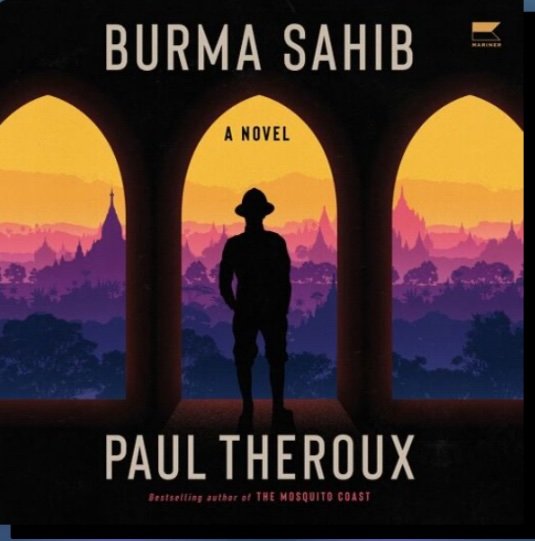
“If it was good, it was golden.” History, Fiction, and the Writing Self
I find rambles through history as captivating as any other kind of rambling travel. Some of the histories I’ve wandered through have led me to the ramblings of the writer Eric Blair who became George Orwell, his nom de plume traveling right into the English language. Orwellian, right up there with Kafkaesque, is frequently conjured up as a reflection of all things authoritarian.

On Canada Day and July 4th
In acknowledgment of both Canada Day (July 1) and American Independence Day (July 4), this post addresses nations whose forebears were here on this land before either Canada or the United States:
[Posted by Jen Breach for Writing With a Broken Tusk]
In June 1942, Major General Clarence Tinker’s plane was downed in the Battle of Midway, and he was lost in the ocean. He had been a career soldier, a decorated aviator, and the highest ranking Native American officer in the US armed services.

Dreams For Sale Along the Silk Road
When I was a child, place names from history captivated me: Mohenjo Daro, Samarkand, Pompeii. They rolled off the tongue, promising visions larger than life. Among them was the name of a desert in China—Taklamakan. Its waves of sand formed crescent shapes that kept shifting and forming, over and over, covering an expanse so wide a person could see no end to it. Once you entered this world of sand dunes, you couldn’t leave.
The Taklamakan was just one enchanting spot along what has come to be called the Silk Road: a network of trade and travel routes that opened up rich cultural exchanges and in the process, changed history. Languages shifted. Glassmaking entered China. Paper made its way west. Bandits and monks, traders and adventurers traversed these routes, leaving stories scattered in their wake along a stretch of land so vast it straddled continents.
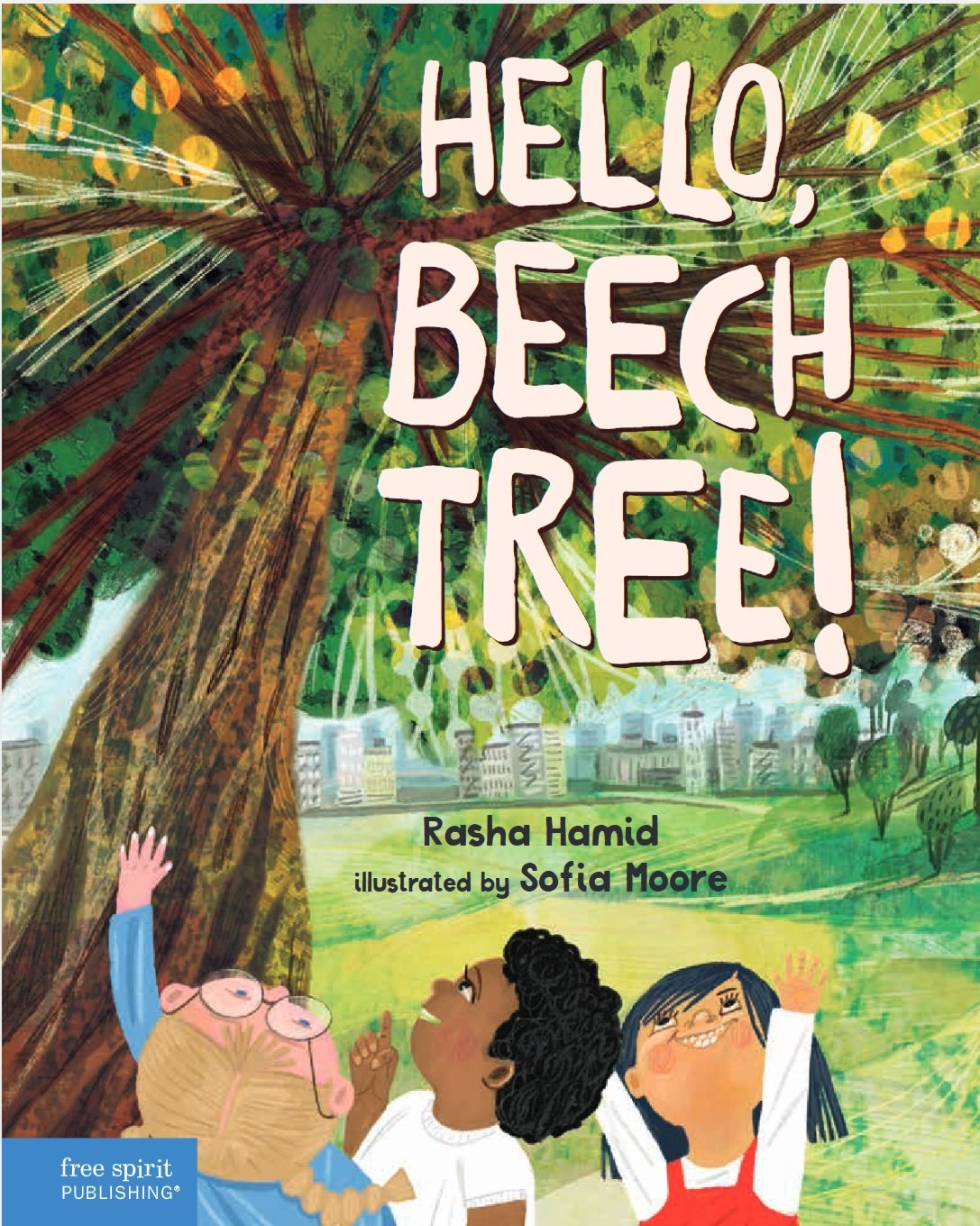
Process Talk With Jen: Rasha Hamid on Hello, Beech Tree
In a guest post about writing nonfiction for children, Rasha Hamid wrote “Historian Robin D. G. Kelley coined the term freedom dreaming to describe the power of imagination as a strategy for collective liberation - imagining the world as it should be so we can make it so. Powerful nonfiction writing at its best stems from freedom dreams.” And Rasha’s nonfiction–including How to Bird and the brand new Hello, Beech Tree!–is certainly powerful.

Process Talk: Melanie Crowder and Megan Benedict on Great Gusts
Great Gusts is a collection of tribute songs to selected winds of the world, those patterns of air that are part of the geographies, cultures, and lifeways of the lands they touch. I sent a bunch of questions to the co-authors, both members of the VCFA Writing for Children and young Adult community I cherish. Here’s the resulting conversation.

Guest Post: Jen Breach on Nonbinary Narrative Structure in Solstice
[Posted by Jen Breach for Writing With a Broken Tusk]
…And by nonbinary narratives, I don’t mean narratives about characters with a nonbinary gender identity,* I mean narratives that are fundamentally structured to embrace spectrums of experience, prisms of identities, and the countless ways we humans can be in the world.

Rubber Ducks: the Power of Symbols
When Russian opposition leader Alexei Navalny (he didn’t like to be called a dissident) was alive, rubber ducks were often used as symbols of his fight against corruption. When he died (possibly murdered, possibly tortured and starved until his body couldn't take it any more) in February 2024, ducks showed up as symbols of protest against the regime responsible, one way or another, for his death. Whether by association or coincidence, rubber ducks have also been used by protesters in Thailand, and briefly, via Hong Kong, on Chinese social media.

Guest Post: Suma Subramaniam on Picture Books Rooted in Culture and Geography
Suma Subramaniam has not one but two picture books celebrating Indian culture releasing in May. A Bindi Can Be…, illustrated by Kamala Nair, released on May 2 and My Name is as Long as a River, illustrated by Tara Anand, comes out on May 28. In a recent cover reveal interview for My Name is as Long as a River, Suma said “A name when pronounced correctly is a comforting feeling to everyone involved. That is what we all need—a little comfort.” That thread of seeking and enjoying comfort connects both of these books.

Process Talk with Jen: Barry Wittenstein on The Day the River Caught Fire
Today Jen talks to Barry Wittenstein about his narrative nonfiction picture book The Day the River Caught Fire: How the Cuyahoga River Exploded and Ignited the Earth Day Movement, illustrated by Jessie Hartland.
